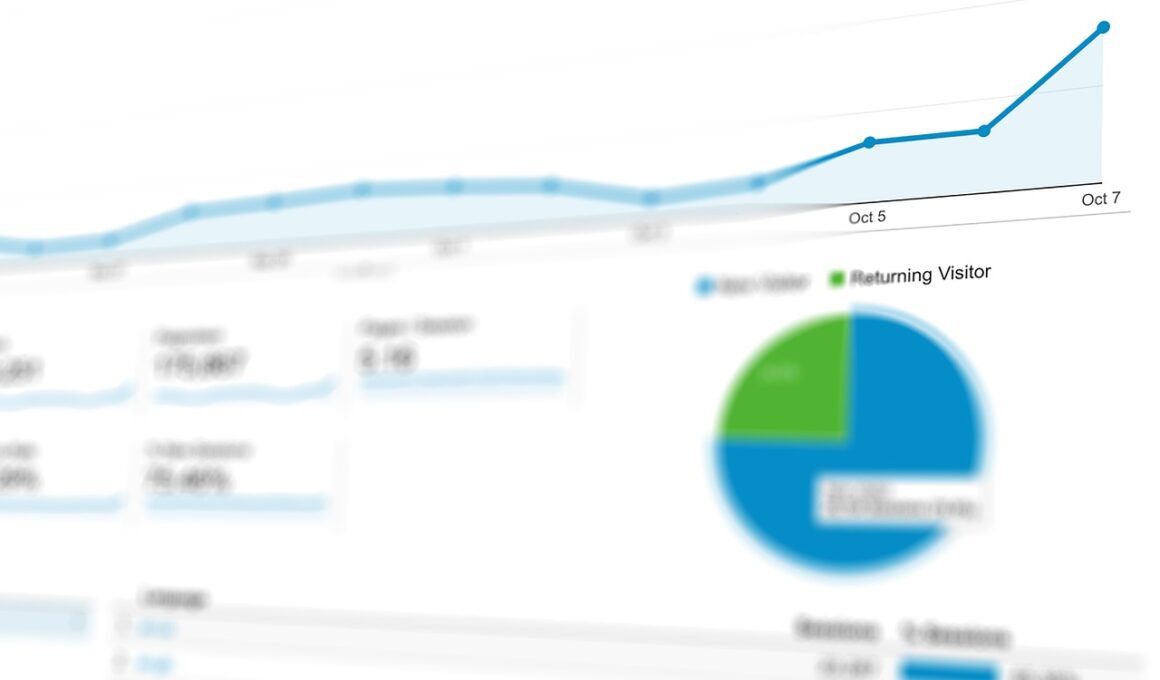Mobile-Friendly Marketing Data Visualizations: Best Approaches
In today’s digital landscape, mobile-friendly marketing data visualizations are not just a luxury but a necessity. With a growing audience accessing information through mobile devices, businesses must adapt their data presentation accordingly. Creating visualizations that are easily comprehensible and interactive on smaller screens enhances user engagement. When implementing mobile-friendly designs, ensure optimal layout adaptability across various devices. Use responsive design principles that allow charts and graphs to resize automatically without losing crucial information. Moreover, consider touch-friendly elements that facilitate interaction, such as zoom-in features. This adaptability ensures a seamless experience for users accessing your marketing data on mobile devices.
Using effective color palettes in mobile marketing visualizations is crucial. Opt for contrasting colors to highlight important data trends while maintaining readability on smaller screens. Remember that mobile users often face varying lighting conditions, so a well-designed color scheme accommodates these differences. Furthermore, prioritize legibility by using font sizes appropriate for mobile displays. Avoid cluttering your visuals with excessive text, opting instead for concise labels and legends that enhance understanding. By applying these elements thoughtfully, you’ll create mobile-friendly graphs that convey your marketing data clearly. Ultimately, ensuring your visualizations are visually appealing increases user retention and drives engagement in your marketing campaigns.
Utilizing Interactive Features
Incorporating interactive features in your marketing data visualizations can significantly enhance user experience. Allowing users to manipulate data, such as filtering or drilling down into specific segments, empowers them to extract tailored insights. For mobile devices, touch gestures should be intuitive, ensuring even novice users can navigate easily. This interaction fosters a deeper connection to your data, encouraging users to explore content more thoroughly. It’s also beneficial to include animations that guide users through complex data stories, as they can simplify comprehension. However, be mindful of load times; overly complex animations can deter mobile users waiting for visualizations to load properly.
Leveraging cloud-based analytics tools provides significant advantages in creating mobile-friendly visualizations. These platforms often come equipped with built-in functionalities that adapt visual presentations seamlessly for various devices. Businesses can access vast amounts of data and visualize it using advanced analytical tools that enhance user involvement. Additionally, many cloud-based systems enable real-time data updates, ensuring that users always interact with the most current information. Interacting with live data fosters timely decision-making and keeps users engaged throughout their experience. These tools allow organizations to create, manage, and share interactive visualizations that provide value, ultimately improving their marketing strategies to align with user expectations.
Best Practices for User Engagement
Adopting best practices in marketing data visualization is essential for user engagement. Start by identifying your target audience and what insights they require from visualized data. Tailor your visual content to facilitate easy comprehension and deliver actionable insights quickly. Don’t forget to test your visualizations by gathering user feedback. This practice can unveil usability issues that affect engagement rates. Iteratively refining designs based on this feedback also plays a crucial role in optimizing the user experience. Ensure all elements, from design to functionality, align with your audience’s preferences to maximize impact. By prioritizing user engagement, your marketing efforts can drive significant results.
Incorporating storytelling elements into your marketing data visualizations can enhance user engagement significantly. Stories create emotional connections that numbers alone cannot achieve. When presenting data, think about the narrative your visualization conveys. Clear and concise storytelling will captivate audiences, helping them understand its significance. Utilize annotations to guide viewers through the data, emphasizing critical insights that support your messaging. This approach not only makes the data accessible, but it also ensures users grasp its relevance to their decisions. Consequently, enhancing the impact of your visualizations boosts overall engagement and compels users to share insights with others in their networks.
Ensuring Accessibility Standards
Addressing accessibility standards in marketing data visualizations remains vital for diverse audiences. Consider individuals with visual impairments when designing your graphics. Ensure text contrasts sufficiently against background colors and use support tools like screen readers. Providing alternative text descriptions for images and charts allows visually impaired users to interpret data effectively. Furthermore, evaluating your visualizations for mobile accessibility across various devices and platforms is imperative. Creating inclusive designs fosters a wider audience reach, subsequently improving marketing results. Embracing inclusive practices can be a competitive advantage in today’s market, helping your brand stand out.
Evaluating the effectiveness of your mobile marketing visuals through analytics provides essential feedback. Metrics such as user interaction rates, average view duration, and bounce rates reveal the performance of your visualizations. Analyzing these statistics enables you to pinpoint strengths and weaknesses in your designs. Implementing A/B testing on different visualization formats further enhances your findings by determining what resonates most with users. Use this data-driven approach to refine your strategies, ensuring that your marketing visualizations continue to evolve and engage successfully. Continuous assessment allows ongoing improvement, ultimately achieving higher user satisfaction and meeting business objectives creatively.


